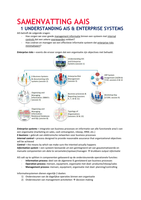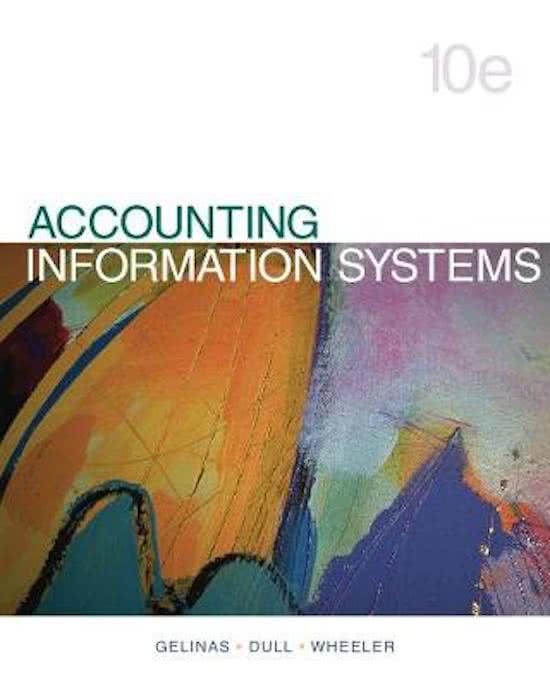Summary
Samenvatting Advanced Accounting Information Systems - Complete Leerstof: Gelinas Hoofdstuk 1-16 en Vaassen Hoofdstuk 12-17
- Course
- Institution
- Book
Een samenvatting van de complete leerstof van studiejaar 2016/2017. De leerstof van dit vak is veranderd, dus dit vak vroeg om een nieuwe samenvatting. Kan je natuurlijk wel 100 blz. klakkeloos overpennen uit boek/slides maar dat leest dus totaal niet lekker. Hopelijk heb je hier meer aan! In het ...
[Show more]




